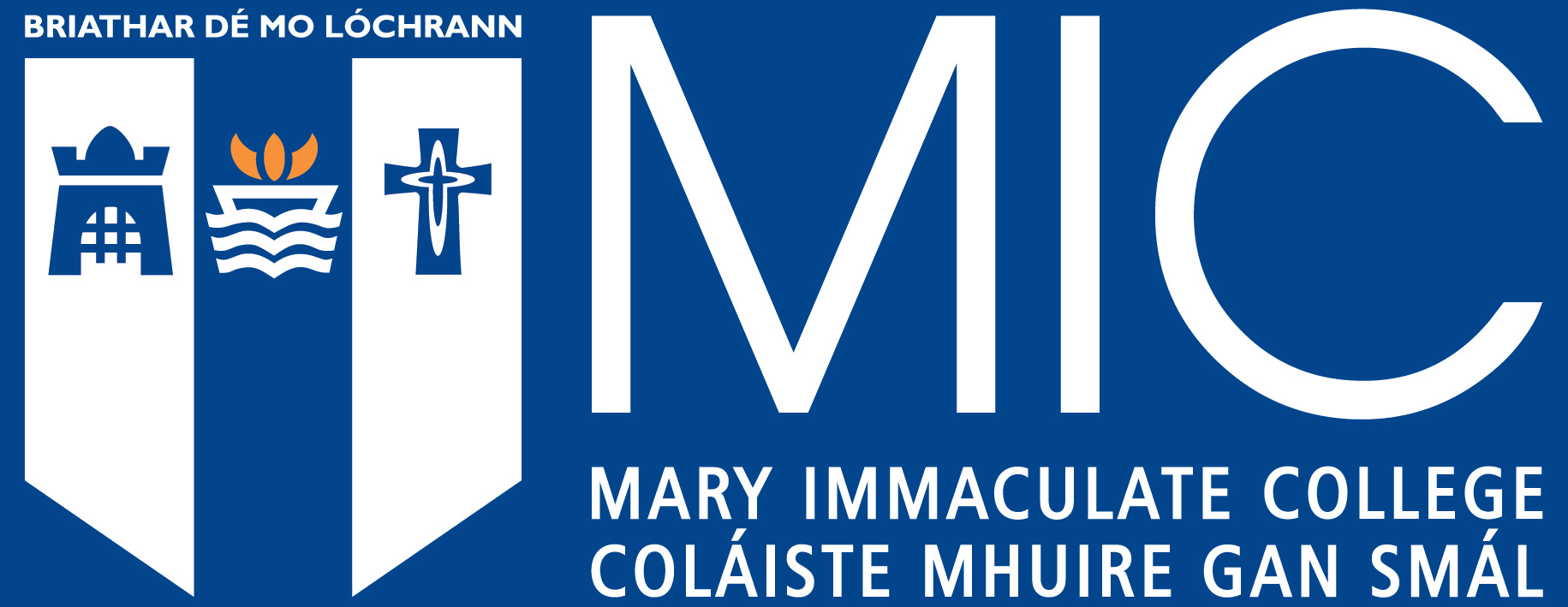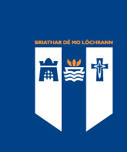Using lake sediment records to examine recent productivity in Lough Gur, Co. Limerick
Abstract
Lough Gur is a small, shallow lake located on limestone bedrock in County Limerick which has been classed as hypereutrophic in recent decades. The lake has no surface inflow and water level is maintained by groundwater and surface runoff. In the most recent EPA monitoring programme 2012-15 Lough Gur was classified with a ‘poor’ water quality rating (www.catchments.ie). Questions regarding the balance of the contribution of the inherent natural geographical conditions and the onset of anthropogenic human influences on the lake have prevailed for some time. Palaeolimnological techniques were used to infer historical water quality and identify periods of nutrient enrichment in the lake. Two short sediment cores were radiometrically dated however radionuclide concentrations were low. An approximate chronology with a basal date of 1650 at 50 cm and the cores were cross correlated using organic matter (%LOI) allowing for a multi proxy study with synchronous and asynchronous changes. A lack of intact diatoms and poor diatom preservation necessitated the identification of fossil algal pigments. Physical geochemical and biological responses suggests that the lake has been productive since the mid-1600s but a marked increase occurred in all proxies between 1950 and 2000. Concentrations of algal pigments vary throughout the sediment core and high concentrations of cyanobacteria may be indicative of enriched waters since the mid-1700s. Increases in both OM and algal pigments are consistent with geochemical measurements of TN and TP which show sustained increases from 1950-1990 followed by peaks into the 1990s and 2000s. This increase in lake productivity was likely driven by increasing amounts of nitrogen and phosphorus entering the lake from diffuse anthropogenic sources in the surrounding catchment. P loading from the intensification of agricultural activities and residential dwellings has previously been identified as contributing to the nutrient enrichment of the lake. Recent efforts to promote the heritage of the lake has additionally resulted in a large increase in visitor number which may also be contributing to further increases in nutrient loads. This intensification of nutrient loading puts pressure on the already limited natural buffering capabilities of Lough Gur. Future management measures should focus on reducing anthropogenic sources of nutrients to the lake and raise environmental awareness in the catchment.
Keywords
PalaeolimnologyLake sediment
High performance liquid chromatography
Land use change
Algal pigments


